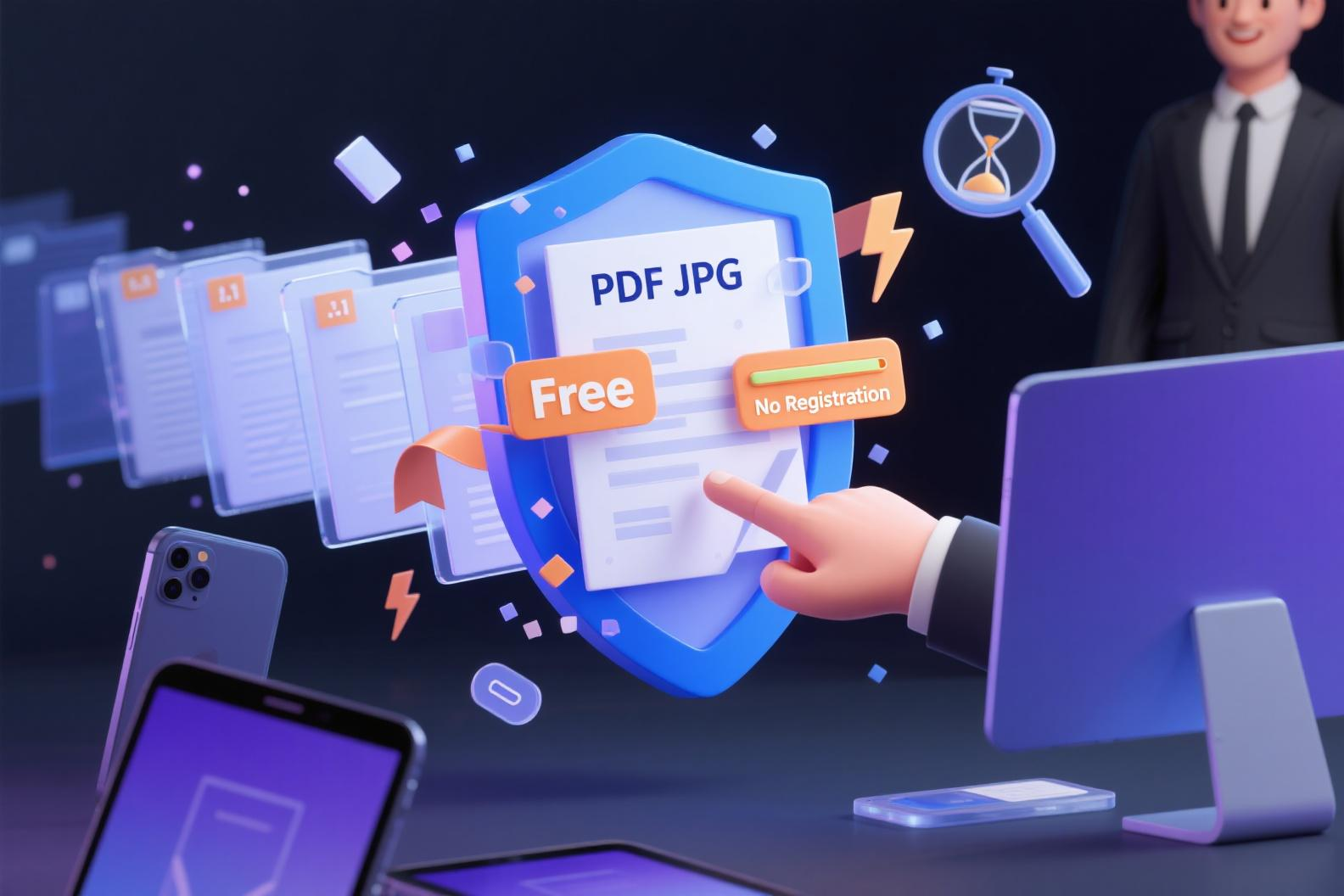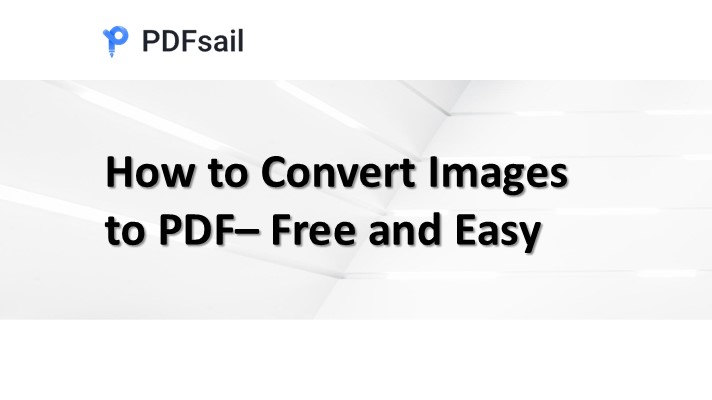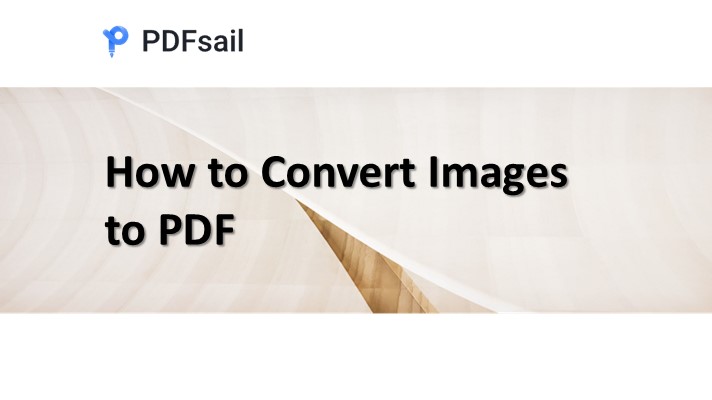
Converting PDF files to JPG images is essential for sharing visual content, extracting data from charts, or archiving scanned documents. Below are three efficient methods to achieve this, tailored for different user needs.
Method 1: Desktop Software Solutions
Recommended Tool: Adobe Acrobat DC
-
Open the PDF file and select “Export PDF”
-
Choose JPEG as the output format
-
Adjust image quality and save settings
Best for: High-resolution technical drawings or complex layouts
Method 2: Online Conversion Tools
For instant, hassle-free conversions, try PDFSail — a secure web-based platform:
-
Visit the PDF to JPG Converter
-
Drag-and-drop your PDF file or click to upload
-
Choose between single-page or merged output
-
Download HD-quality JPG files (auto-deleted after 1 hour)
✅ Why PDFSail?
• No registration required (free tier available)
• Preserves original formatting intelligently
• Bank-grade SSL encryption for secure transfers
• Batch processing support (up to 50 files simultaneously)
Method 3: Screenshot Conversion
-
Open the PDF in any reader (e.g., Adobe Reader)
-
Zoom to 100% for optimal clarity
-
Use Windows Snipping Tool or Mac Screenshot (⌘ + Shift + 4)
-
Save as JPG
Note: Resolution loss may occur with multi-page documents
Format Selection Guide
-
🖼️ JPG: Ideal for photos, gradients, and small file sizes
-
🎨 PNG: Choose for transparent backgrounds or text-heavy content
-
📁 ZIP: Bundle multiple images efficiently
Pro Tip: For the best balance of speed and quality, use PDFSail’s Online Converter. Its AI-powered engine delivers 1:1 pixel-perfect conversions 3x faster than desktop software, perfect for on-the-go professionals.
Further Reading:
How to Merge JPG Files into PDF
PDF Security Best Practices
Article by PDF Tech Blog. Explore more tools at PDFSail Official Site





